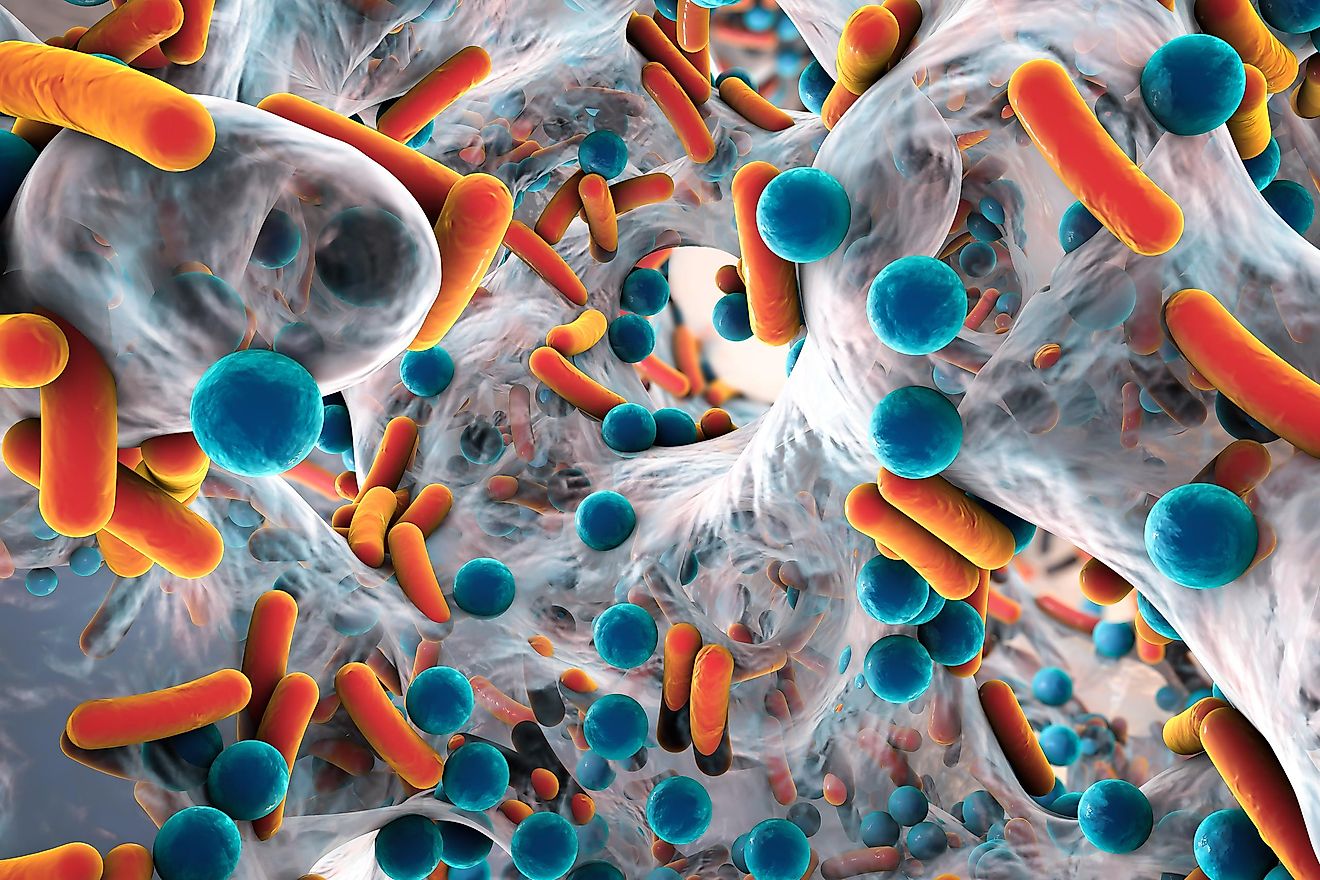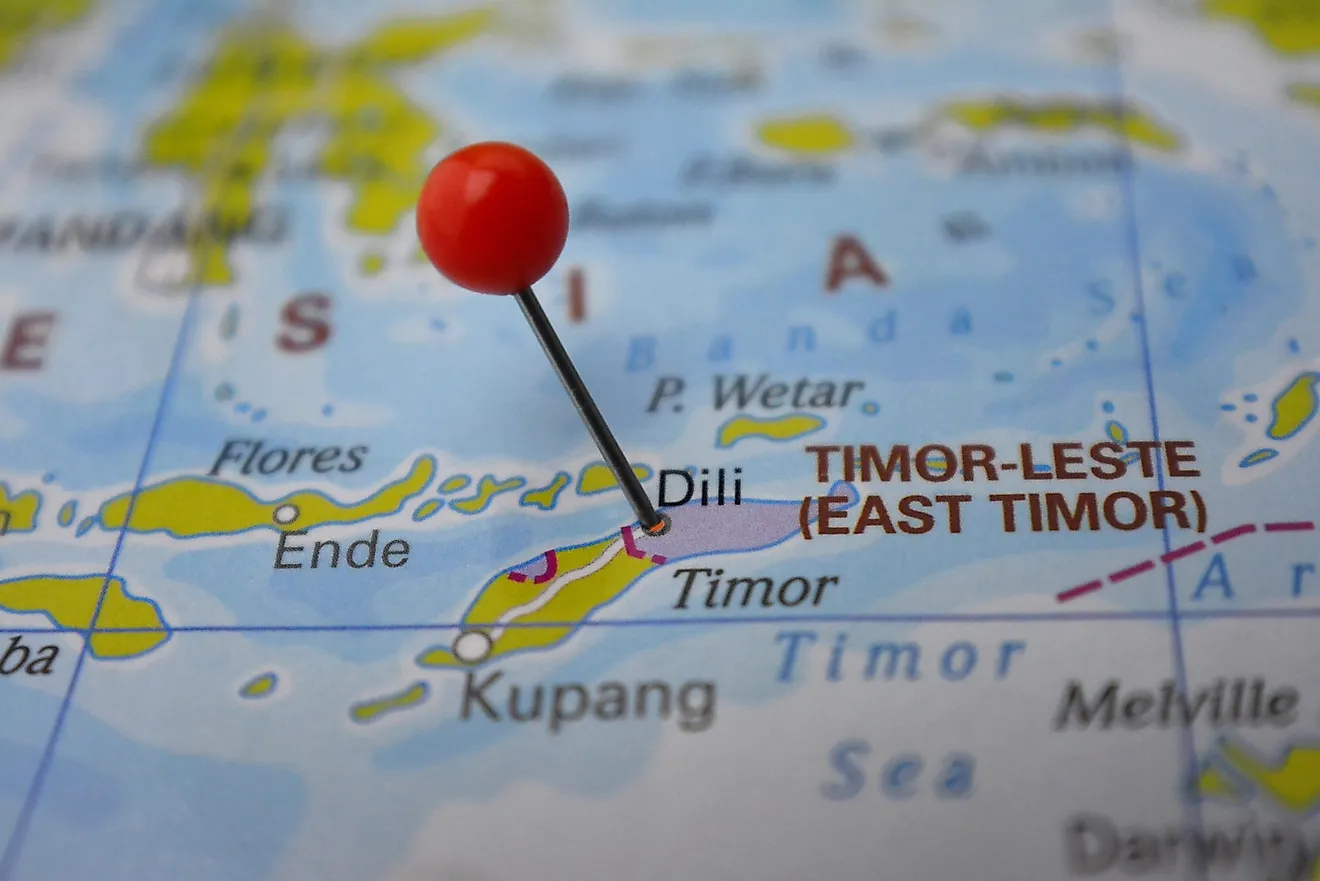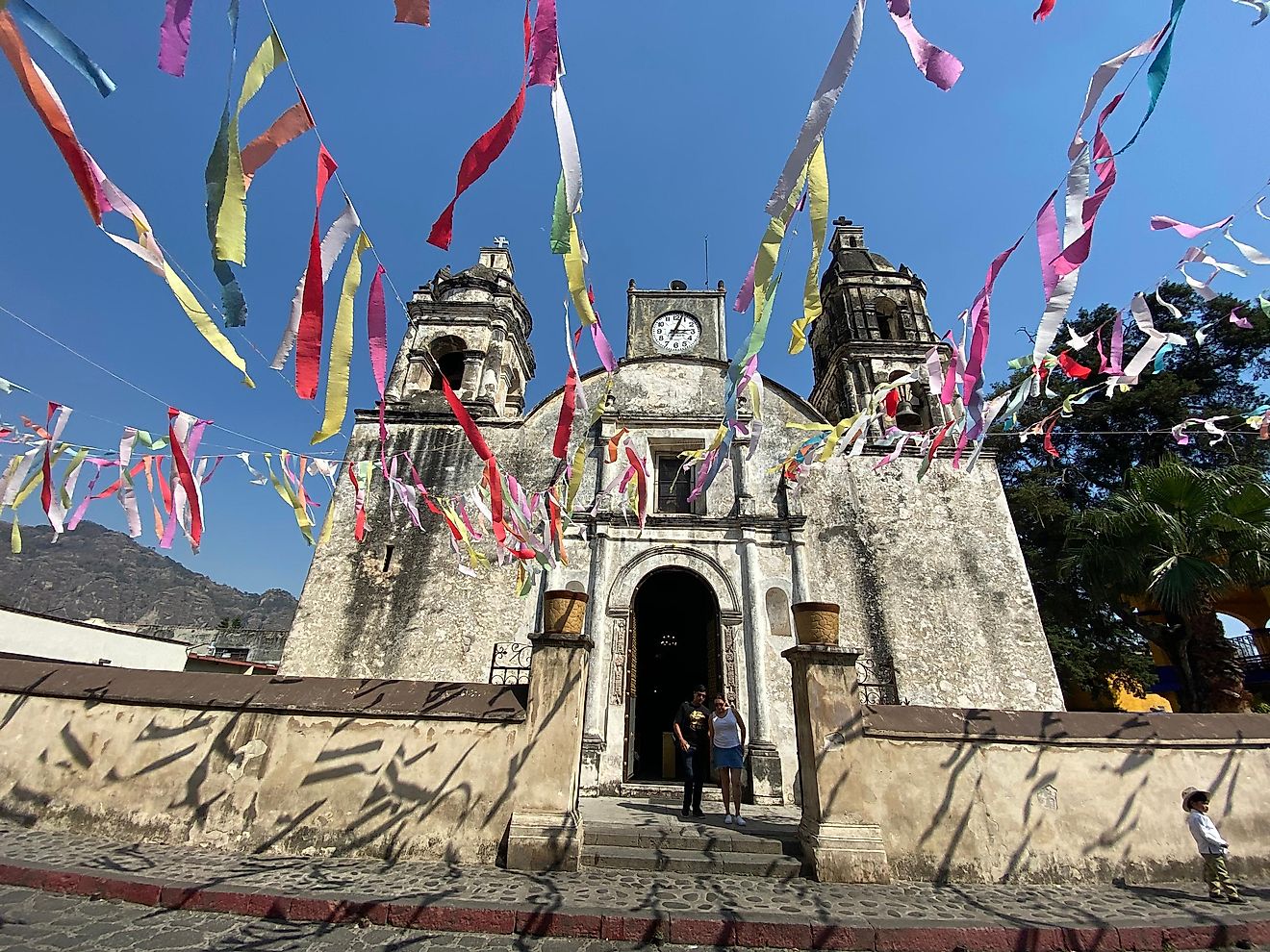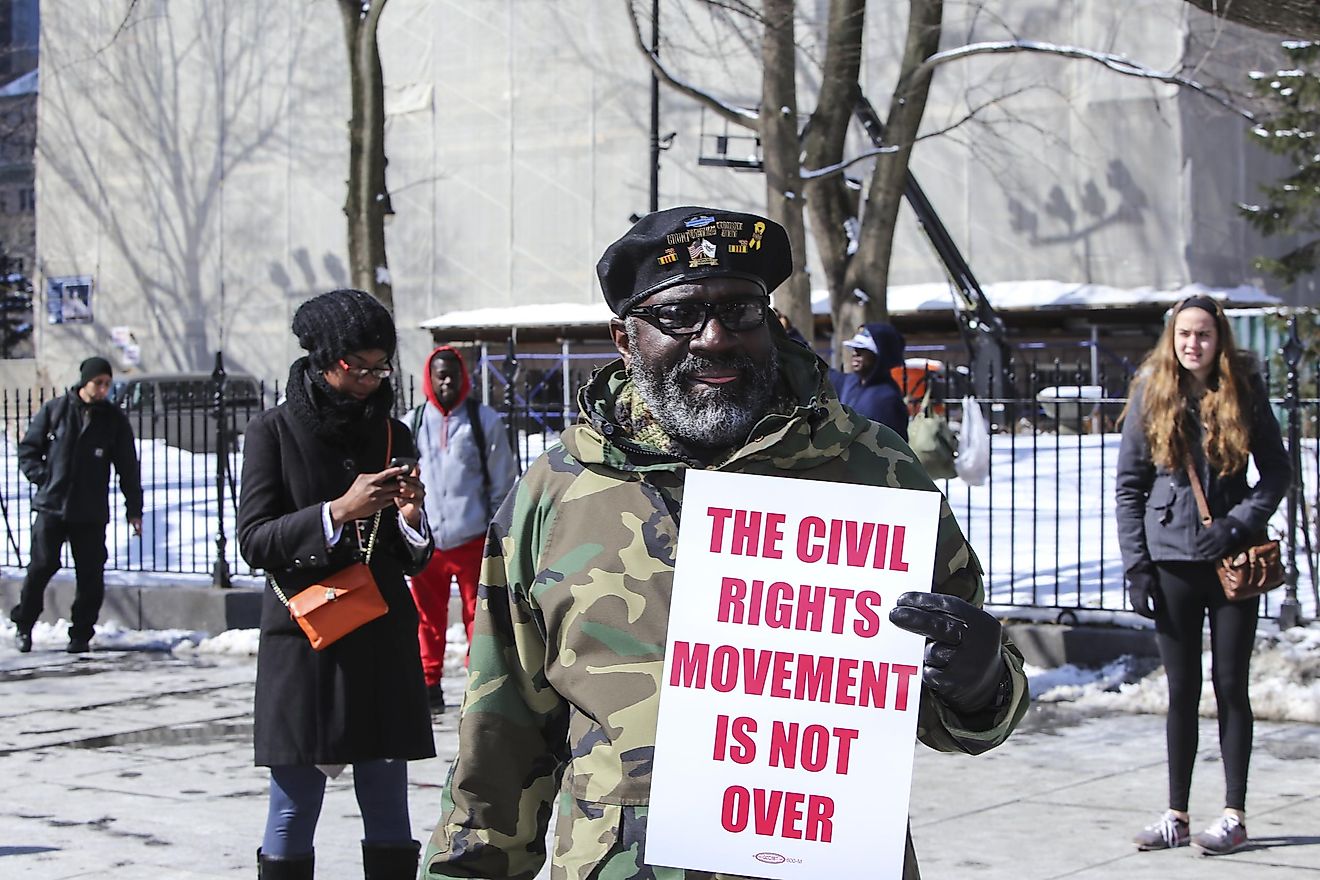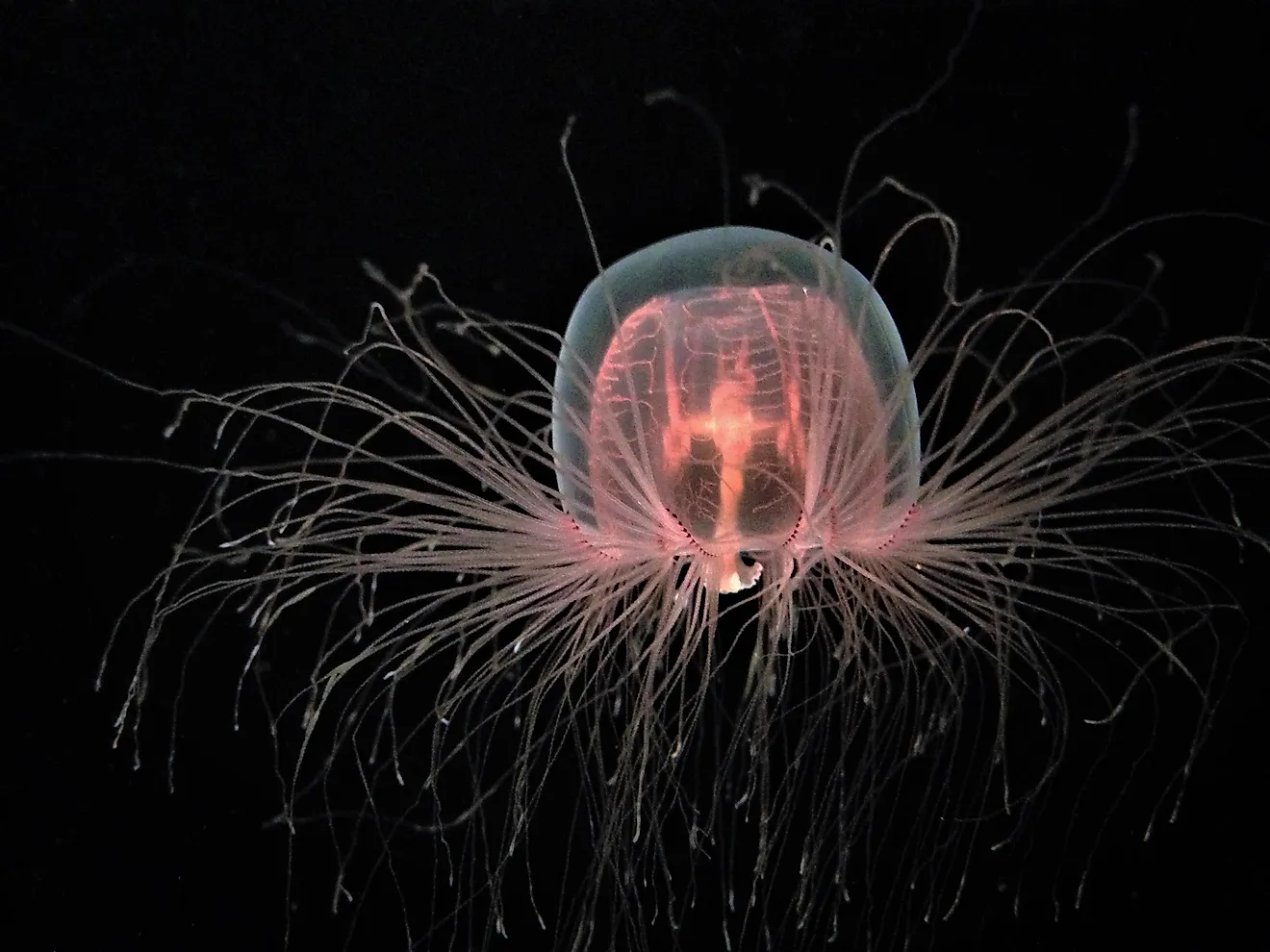What Was The Spanish Flu?
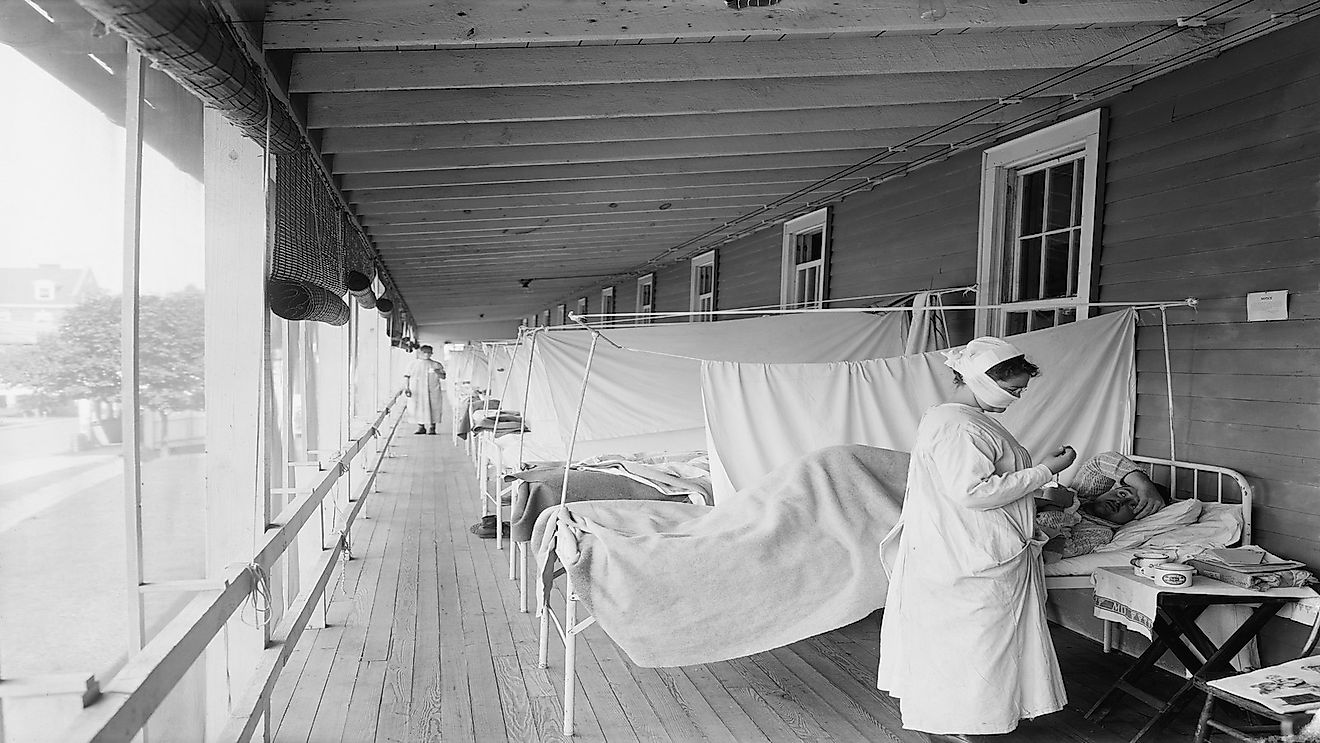
The Spanish flu, also referred to as the influenza pandemic of 1918, is one of the deadliest epidemics in recent history. The 1918 influenza pandemic was the first of the 2 pandemics involving the H1N1 Influenza-virus to attack the world. The Spanish flu infected more than half a billion people on the planet, including individuals from the remote Pacific Islands. The influenza pandemic of 1918 caused the death of over 50 million people. The Spanish flu killed more individuals in 24 weeks than HIV/AIDS did in 24 years. Over 25 million of the victims died during the first 25 weeks of the pandemic. The Spanish flu was first observed in the United States, Asia, and Europe before spreading to other parts of the planet. Since there were no effective vaccines and drugs to treat the Spanish flu, people were ordered to put on masks. The allies of the First-World-War started calling it the Spanish flu since the epidemic began receiving more press-attention after spreading to Spain.
Spread Of The Disease
The first wave of this pandemic occurred during the spring of 1918, and it was mild. The sick individuals experienced various symptoms, including fatigue, fever, and chills, plus most of them recovered after numerous days. The mortality rate of the first wave was quite low. The first wave resembled a normal flu epidemic, and the most affected people were the elderly and the sick.
When an infected person coughed or sneezed, virus particles were spread to those near him/her. Therefore, the massive troop movement and close quarters of the First World War hastened the pandemic. World War 1 might have increased the virus’s lethality. Many people speculate that the immune system of the soldiers was weakened by malnutrition. In the US, the Spanish flu was first observed in January 1918 in Kansas. Albert Gitchell was reported sick on March 4, 1918, at Fort Riley. Within few days, over 522 men at Fort Riley reported ill. By the time the second wave had started in the United States, France, and Sierra Leone in August, the H1N1 Influenza-virus had mutated. The deadliest month of this epidemic was October 1918.
The fact that a huge percentage of the individuals who had recovered from the first-wave had become immune showed that it was a similar strain of flu. The immunity was illustrated in capital city of Denmark, which had a mortality rate of about 0.29%. For the other parts of the world, the second-wave was deadlier.
The End Of The Spanish Flu
The number of new cases started declining during the late 1918 after the second-wave struck. In Philadelphia, over 4,597people lost their lives during the week ending on October 16, 1918; however, by November 11, 1918, the pandemic had disappeared in the city. One of the primary explanations for the end of the pandemic was the fact that the doctors had learned better ways of treating and preventing pneumonia that developed after a person contracted this virus. However, Barry John claimed that the researchers did not find evidence to support this hypothesis in his book. Another hypothesis claims that the virus mutated rapidly into a non-lethal strain, which is quite common with influenza viruses.





